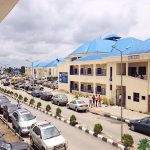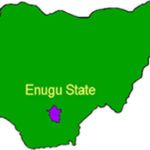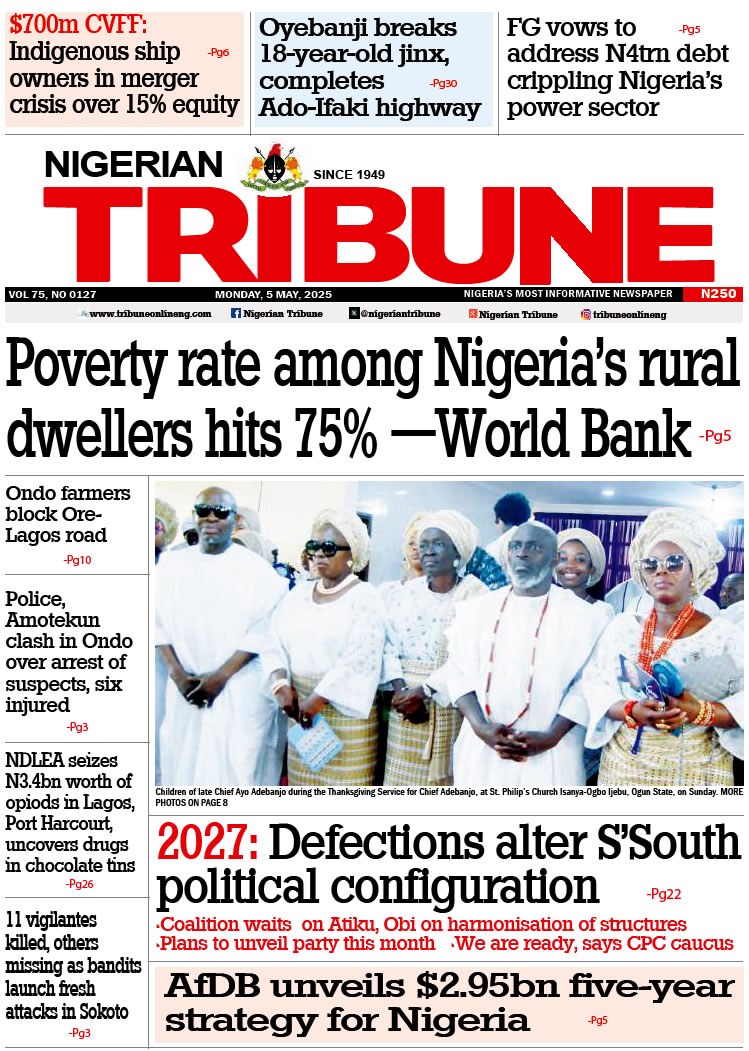Economic growth in sub-Saharan Africa should recover slightly to 2.6 percent in 2017 according to the International Monetary Fund (IMF), in the Regional Economic Outlook for Sub-Saharan Africa launched in Abuja on Tuesday.
The slight rebound will be driven by a recovery in oil production in Nigeria, higher public spending ahead of elections in Angola, and the fading of drought effects in South Africa, the IMF said in its regional economic outlook.
However, resource-rich Nigeria, Angola and Central Africa’s six-nation CEMAC bloc are still struggling to deal with the losses caused by low oil prices, the IMF said.
Director of IMF’s African Department, Abebeo Selassie said at the launch that the overall weak outlook partly reflects insufficient policy adjustment adding this was holding back investment.
The report explained that decline in commodity prices laid bare structural weaknesses plaguing the economy and the country’s dependence on oil earnings.
Inflation spiked, monetary liquidity deteriorated and economic activity came to a grinding halt, the economy to contract in 2016 for the first time in over 20 years.
“While leading indicators suggest that growth is slowly picking up and recovering oil prices have provided some respite to public finances, much needs to be done.
In a scathing assessment of the economy as part of its Article IV Consultation a few months ago, the IMF warned that growth will remain constrained by policy inaction.
“If the currency’s overvaluation is not tackled in the near-term, the spread between the official and parallel exchange rate will continue widening.
“In that scenario, the country would face the grave prospect of a disorderly currency depreciation to prevent a sharp decline in international reserves.
“The economy is expected to rebound this year on higher oil earnings and fiscal spending.
The recovery, however, is fragile and requires government reforms to unleash growth in the non-oil sector.
Nigeria is now projected to grow by 1.3% in 2017, which is up 0.1 percentage points from last month’s forecast, and 2.9% in 2018.
IMF projected that in non-oil producers such as Ivory Coast, Kenya, and Senegal, growth is expected to remain strong at over five percent but vulnerabilities such as rising public debt are starting to emerge, it said.
For a decade, sub-Saharan African economic growth of around 5 percent drew in foreign investment but that is drying up with economic growth now barely keeping up with population growth.
The World Bank also expects growth of 2.6 percent this year, expanding to 3.2 percent in 2018 and 3.5 percent a year later.
In April, the Stanbic IBTC Bank Nigeria Purchasing Managers’ Index (PMI) rose from 53.0 in March to a 16-month high of 53.6.
The indicator lies above the 50-point threshold that separates expansion from contraction in business conditions for the fourth month running after a bout of 11 months in contractionary territory.
April’s reading was underpinned by greater output and new orders, as firms enjoyed improved demand, business conditions and order books.
Nigerian firms also received more export business for the first time in over a year, contrasting the marked decline in exports seen at the end of last year.
As a result of an easing of input price inflation, output prices also rose by a smaller amount than in March.
However, despite a more upbeat economic panorama, firms didn’t increase hiring last month, with uncertainty still remaining over the state of the economy.
According to IHS Markit analyst Ayomide Mejabi, “The sustained upward trajectory of the PMI in the first 4 months of the year certainly suggests that private sector business conditions continue to improve.
[…] The economic growth outlook for the rest of the year would appear moderately more positive, especially if authorities are able to implement recent foreign exchange reforms in conjunction with other structural and fiscal reforms.”






